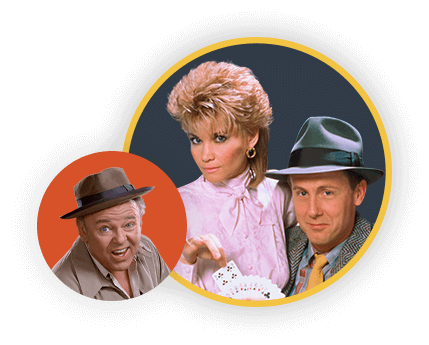March 8, 1968: The Church of Rock and Roll opens

Image: AP Photo
Though the Fillmore East only lasted three years, quite the three years they were. On March 8, 1968, the Fillmore East opened its doors in Manhattan’s East Village. This was the second Fillmore location, the first being in San Francisco, California. Fillmore East and its successor, Fillmore West — which opened in July, also in San Fran — were owned by rock concert promoter Bill Graham.
The Fillmore East was a spot like no other, though. Though its namesake on the other side of the country was historic in its own right, it was no Church of Rock and Roll like its East Coast location. Almost every night, it hosted two shows, with three bands on the bill, some of the biggest names of the decade, from Jimi Hendrix and the Allman Brothers Band to Led Zeppelin and Frank Zappa.
The reputation of the Fillmore East was well-deserved. Not only was it the physical embodiment of 1960s rock and roll, but the acoustics were spectacular. Over 30 bands, including the Grateful Dead, John Lennon and Yoko Ono, and Jefferson Airplane, decided to record their live albums there in the mere three years it existed.
Though Woodstock is known as the pioneering force behind the world’s biggest music festivals, its impact was immediate when it came to drawing audiences to rock shows. It became tougher for the Fillmore East to book top acts when it only seated 2,700 people. For that reason, Graham decided to close the theater.
Before Graham bought the building, it hadn’t been used in years and was in need of quite the renovation. It was built in the mid-1920s to be used as a Yiddish theater and was later a Loews movie theater. Since the venue closed on June 27, 1971, the building has become a number of new businesses, including a gay bar, a bank and luxury housing. The interior of the auditorium has been demolished, memories and a small plaque from the Greenwich Village Society for Historic Preservation being all that remain.




